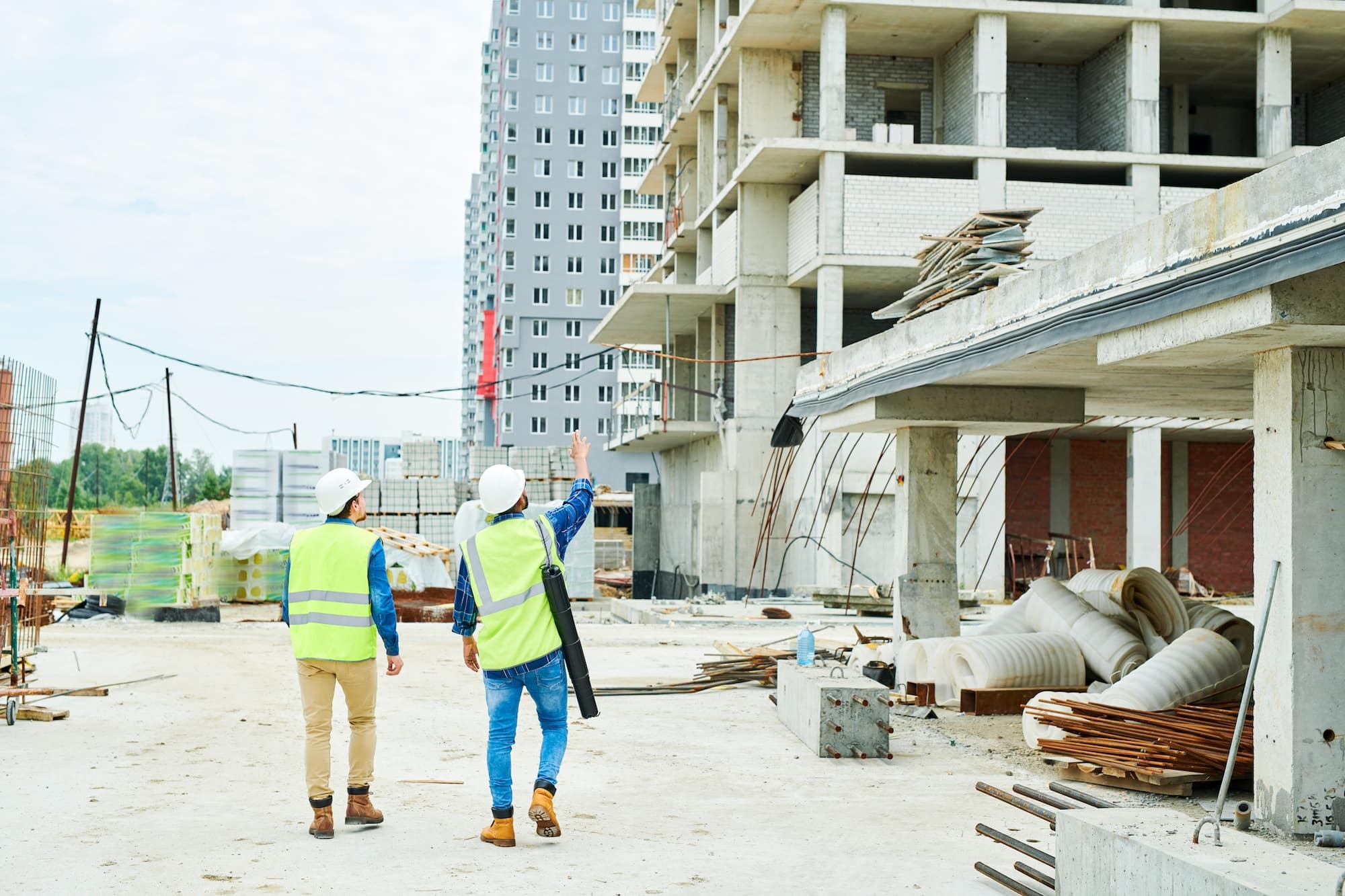Construction companies are no strangers to project delays. According to recent data from nPlan — a construction software management company — almost 9 in 10 large-scale construction projects are completed late, with two-thirds of those projects delivered at least two months past their original timeline.
The COVID-19 pandemic has undoubtedly shaped these delays to some degree, with a median delay of over 200 days for pandemic-era projects. Yet, even before COVID, data shows the median delay for construction projects approached 100 days.
While an array of variables can contribute to delays, environmental issues are a common culprit for slowing down construction site efficiency. Here’s an example to illustrate this dynamic.
A Custom Millwork Example
While renovating several floors of a large office building for a new high-end tenant, a project’s architect specifies extensive custom millwork, cabinetry, and flooring, using exotic woods. Orders are placed with adequate lead times so all materials are delivered to the construction site so they’re on-hand when that phase of the project is scheduled.
During the storage and installation period, materials are exposed to temperatures and humidity levels that are deemed outside the “safe” zone for the special wood products. As temperature and humidity levels increase within the environment, the wood’s moisture levels rise, which can cause the flooring and millwork to expand and warp. This leaves companies with the predicament of having to reorder damaged materials, which often have long lead times, and even un-installing materials as well, depending on the timeline.
Outside of construction site efficiency delays, it’s worth noting the costs of replacement materials. While current lumber rates are lower than their peak price of $1,515 per thousand board feet in May 2021, the price for the same amount of framing lumber came out to $1,271 in mid-February 2022. That’s a 227% increase from August 2021 — a spike that can be attributed to supply chain bottlenecks, higher tariffs, and low domestic production compared to demand.
How Monitoring Systems Support Construction Site Efficiency
By alerting construction personnel of damaging environmental issues before they escalate, temperature and humidity monitoring systems save time and costs on construction sites.
In the case of custom millwork, contractors can place small battery-operated sensors at the four corners of each wooden floor plate. If humidity or temperature levels move outside of the safe zone, personnel will be notified in real-time via email, phone call, or text so they can take swift action to prevent damage to the flooring.
The temperature and humidity sensors also keep a continuous log of all readings that can be accessed at any time, from any mobile device. This enables contractors to easily spot patterns and trends, as well as generate comprehensive reports for the architect and the building owner representative.
Put CORIS to Work on Your Construction Sites
Protecting wood materials and structures from warping is just one example of how the CORIS monitoring system can increase efficiency on construction sites. You can use this same sensor-based technology to prevent frozen pipes in the winter, maintain safe CO2 levels, prevent paint damage, and more.
Learn more about how we support the construction industry.





